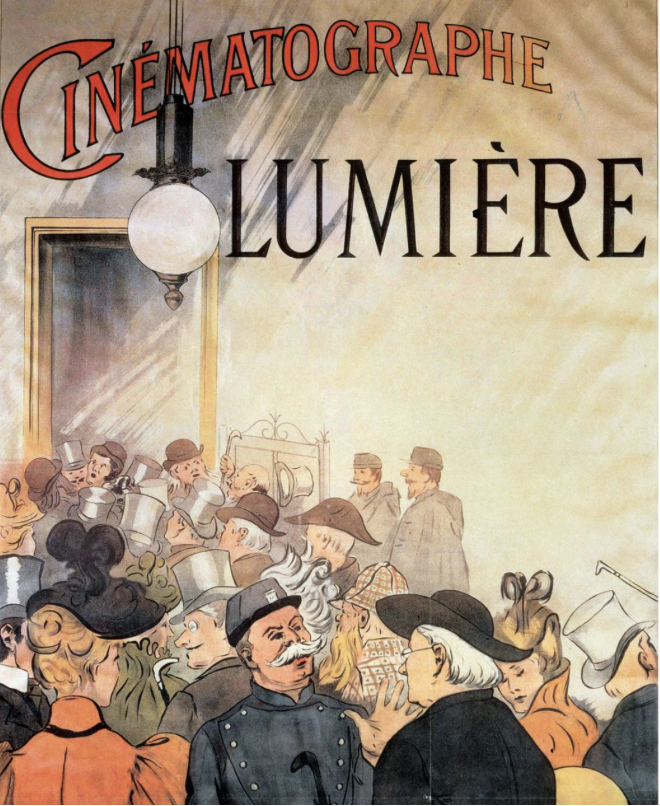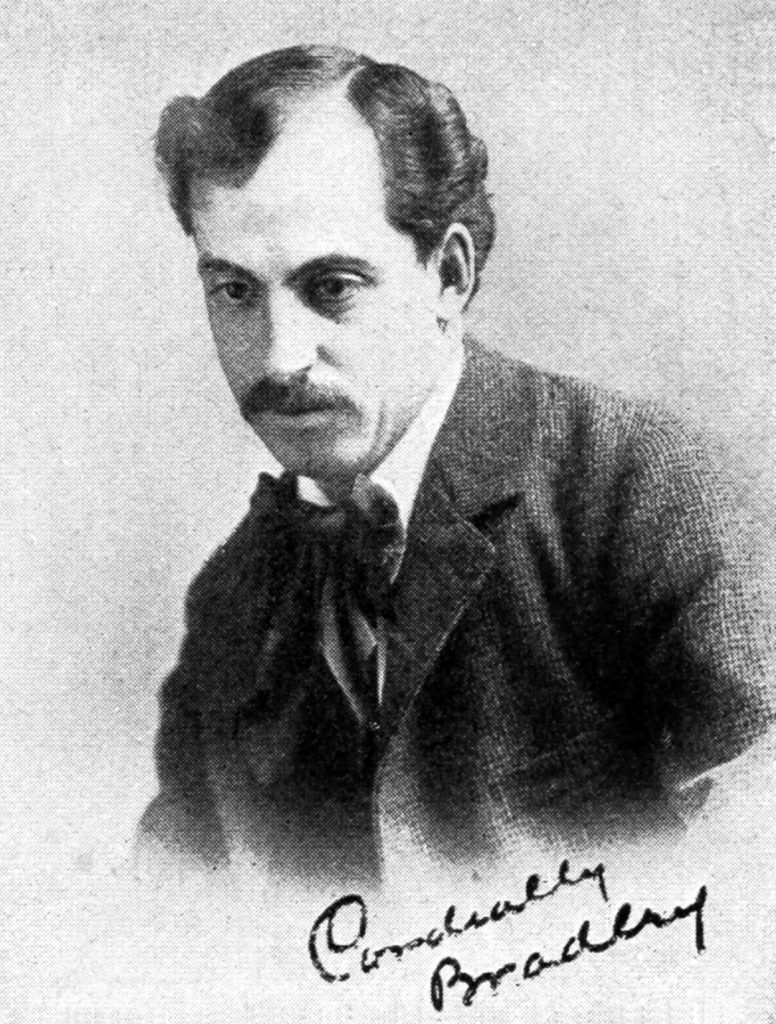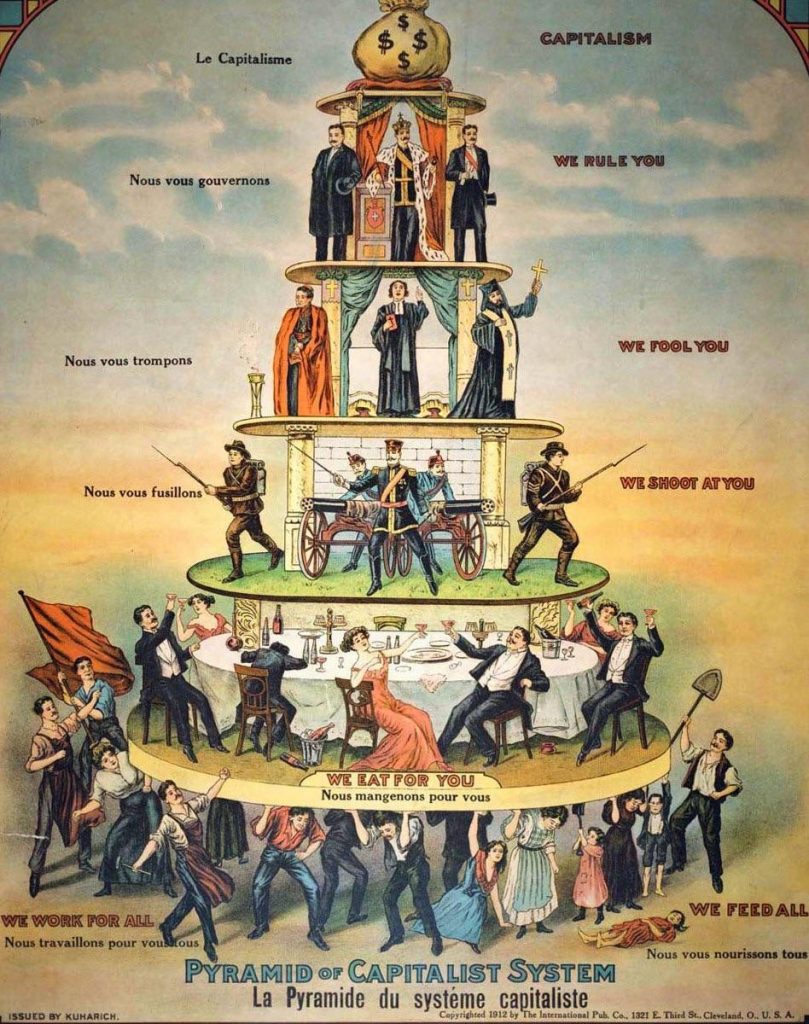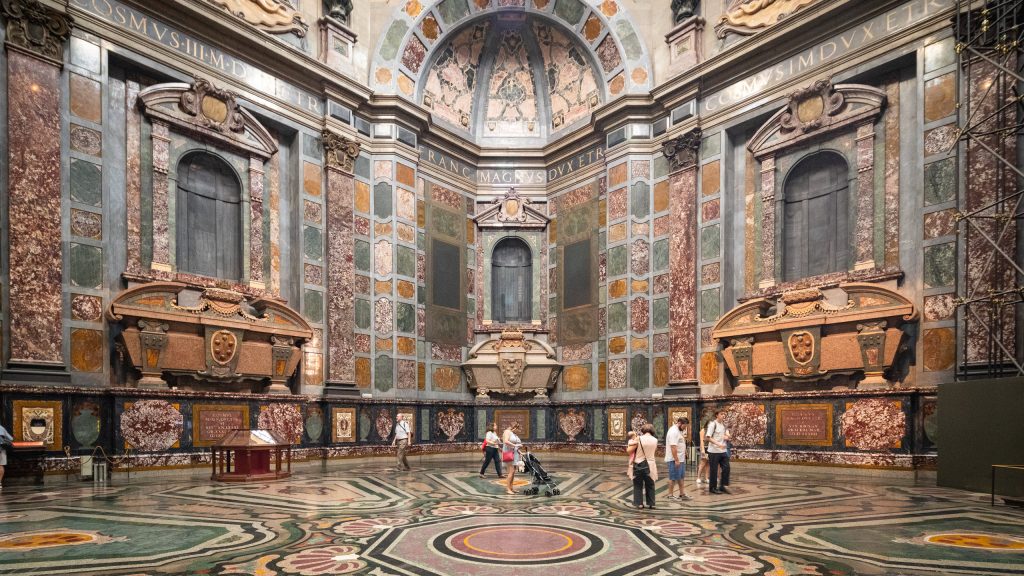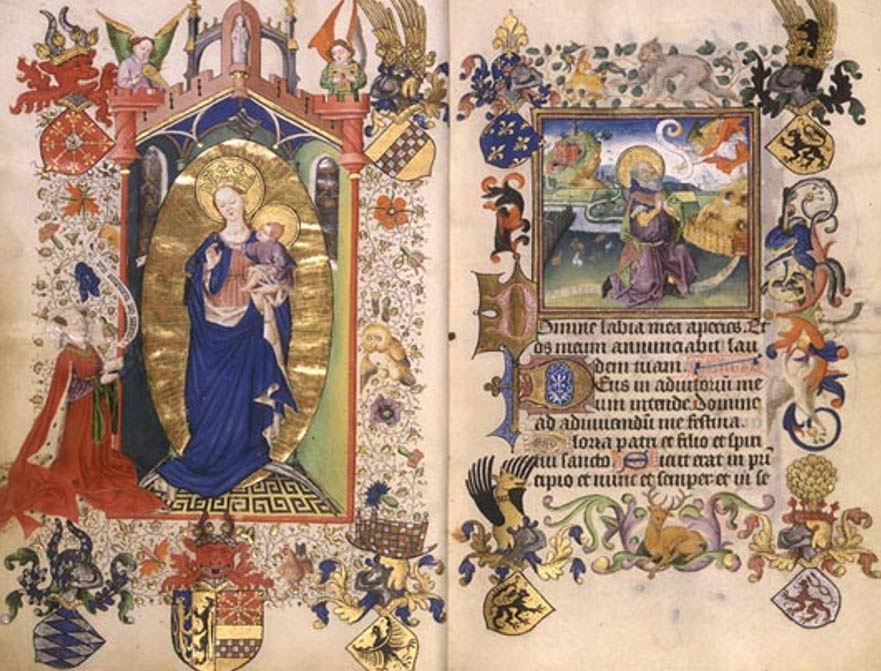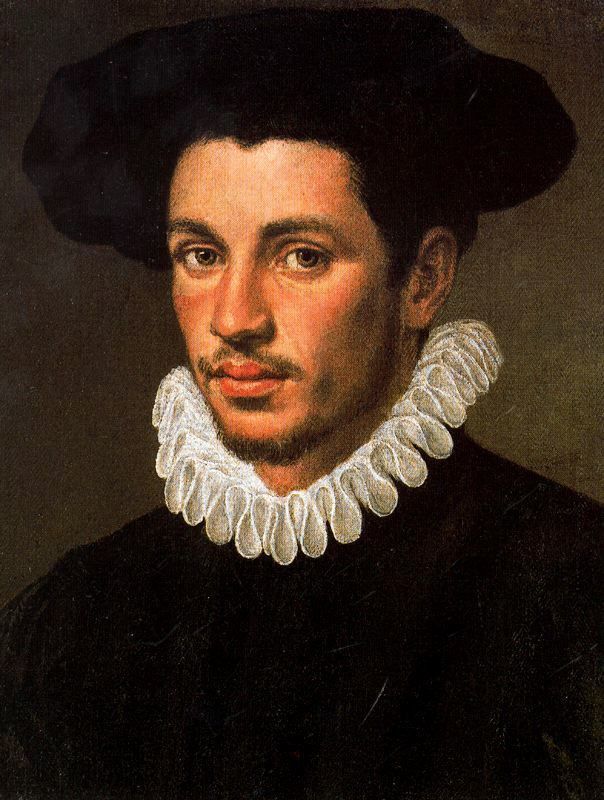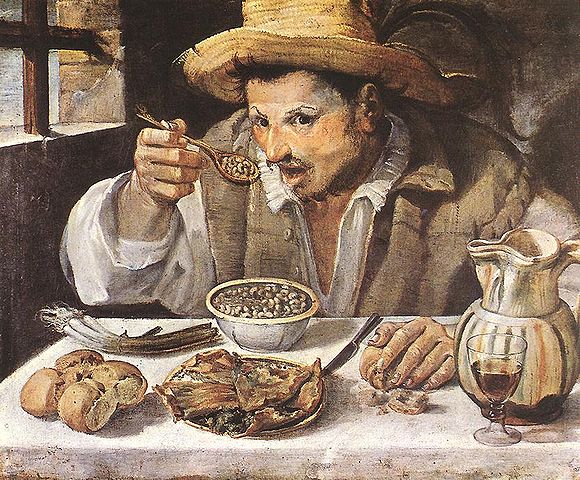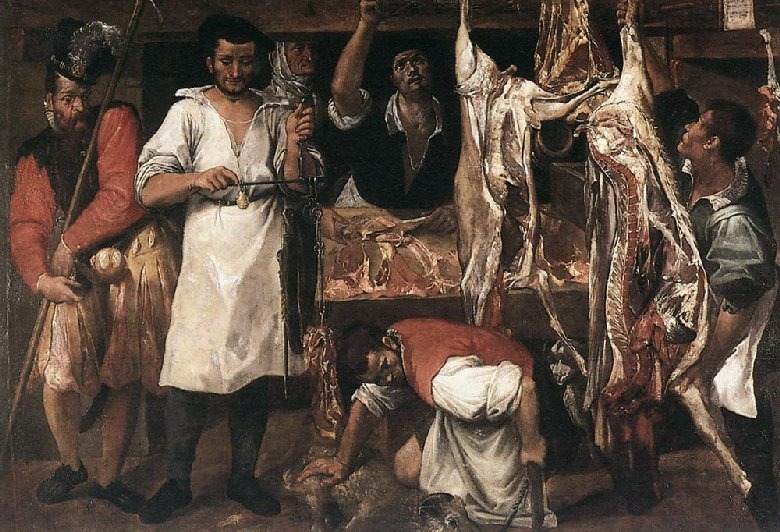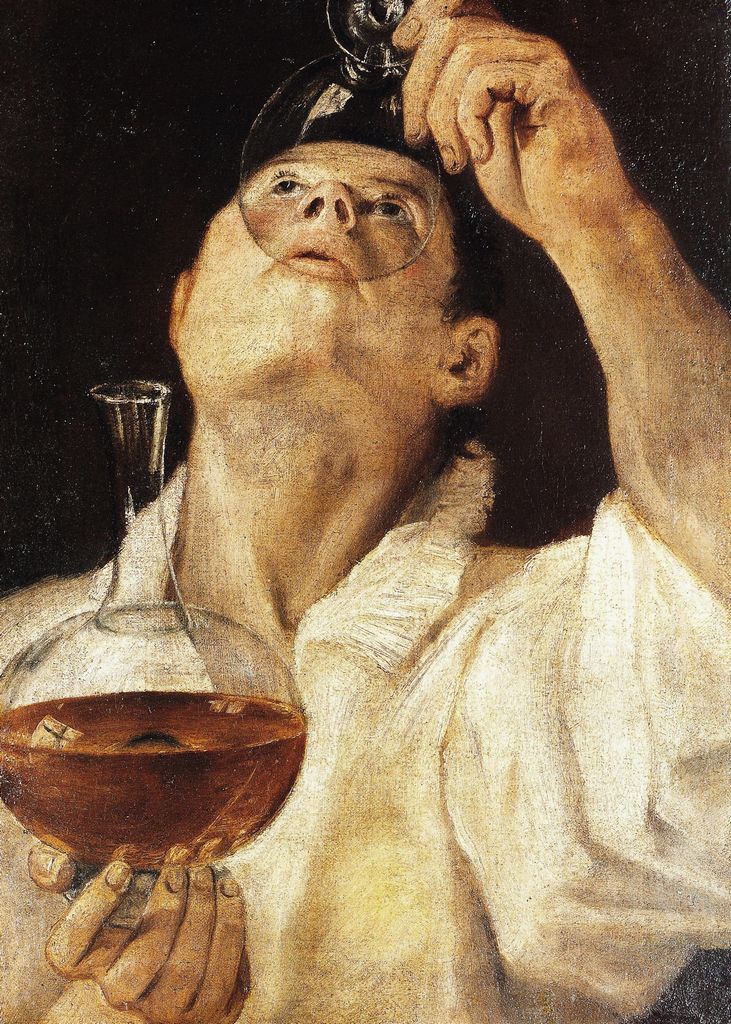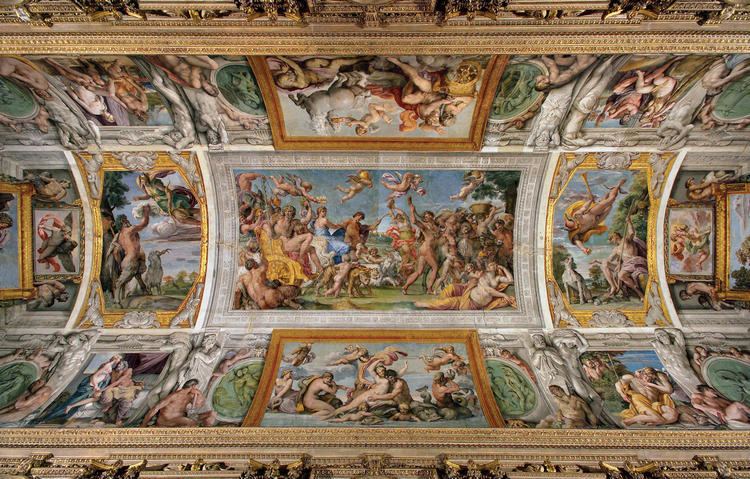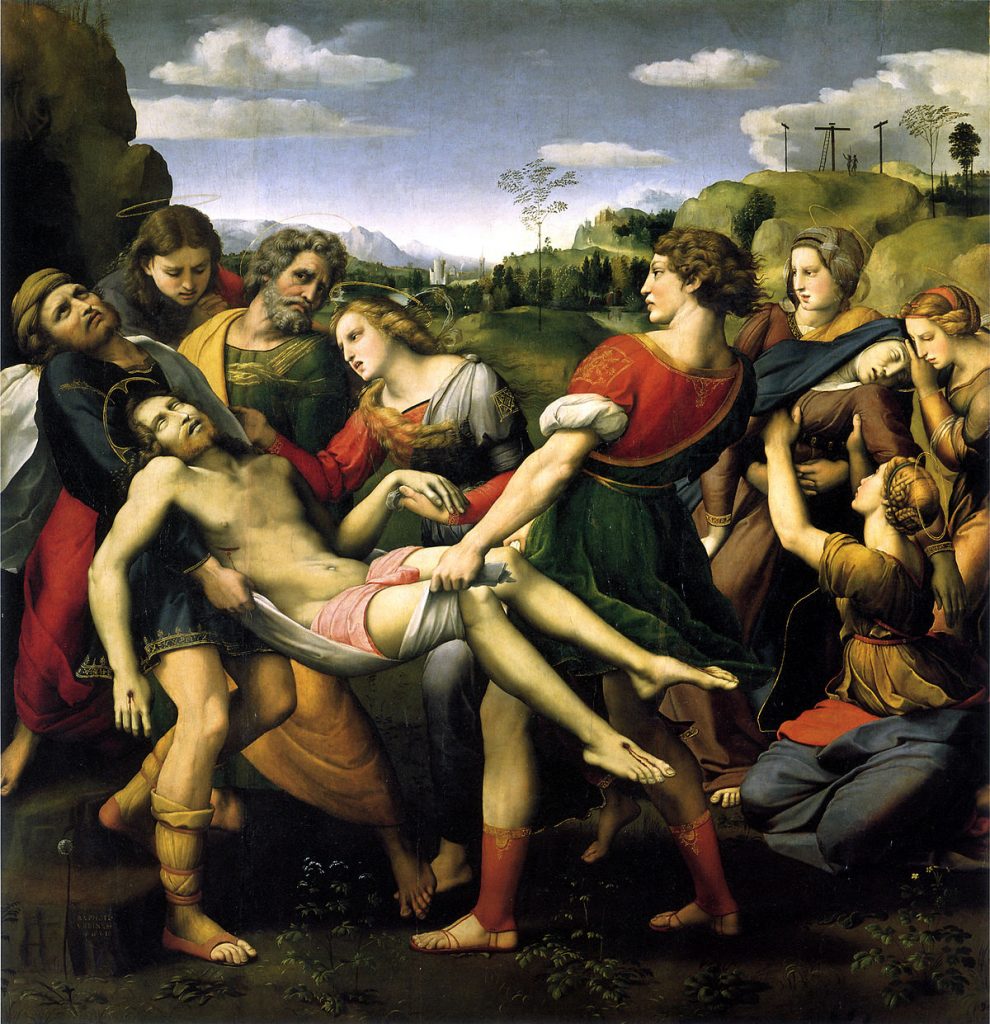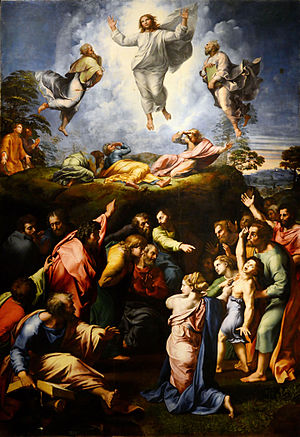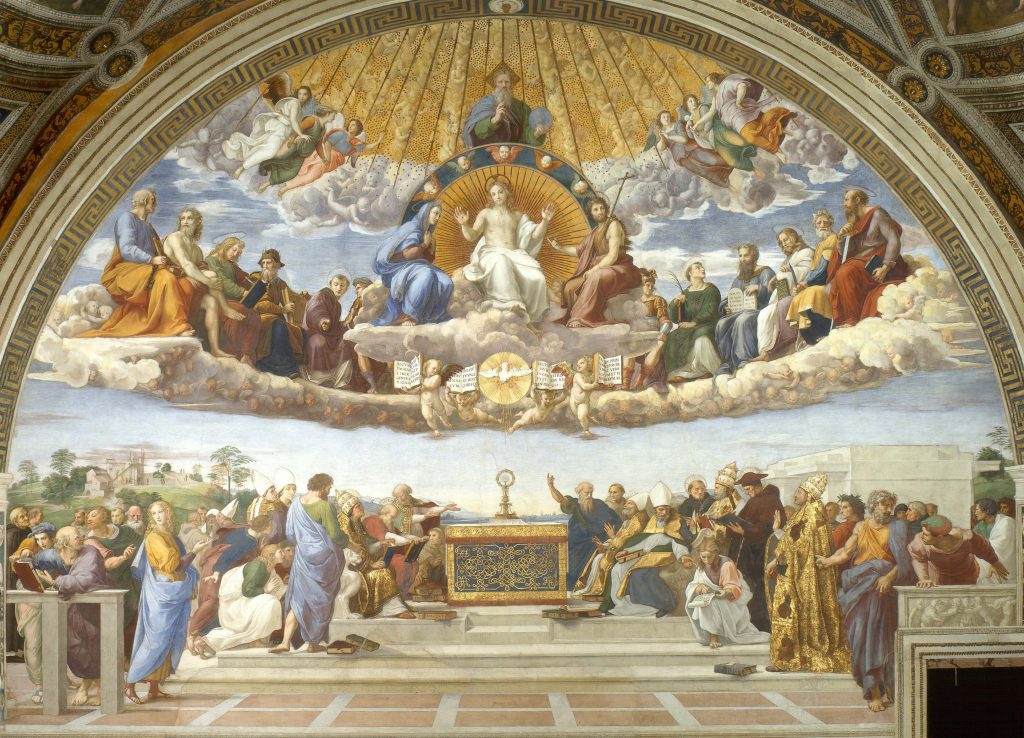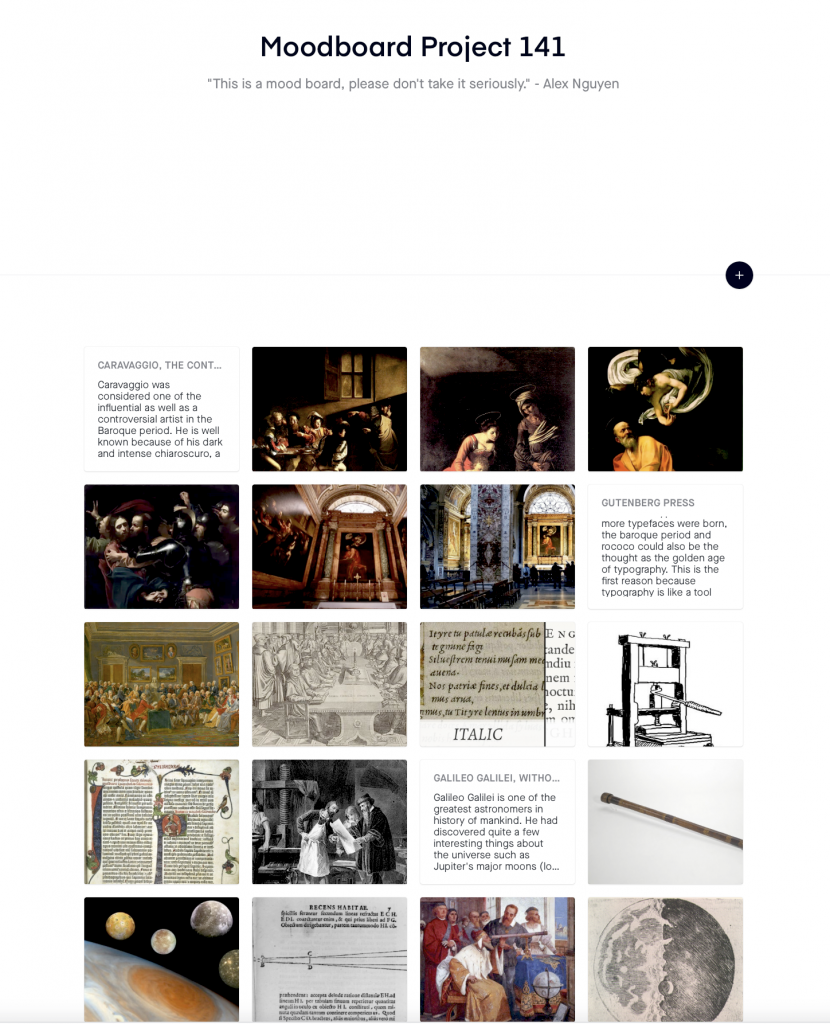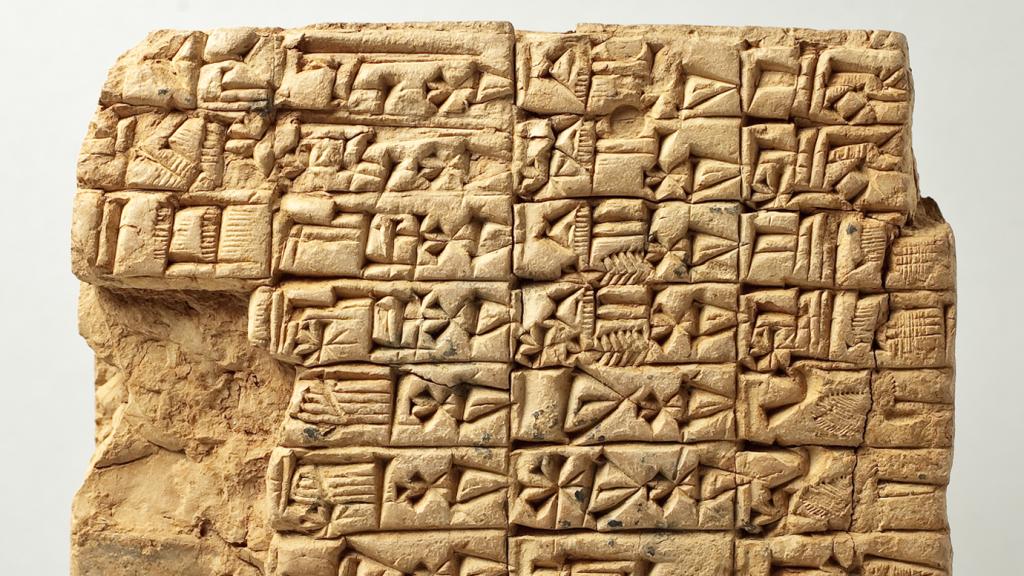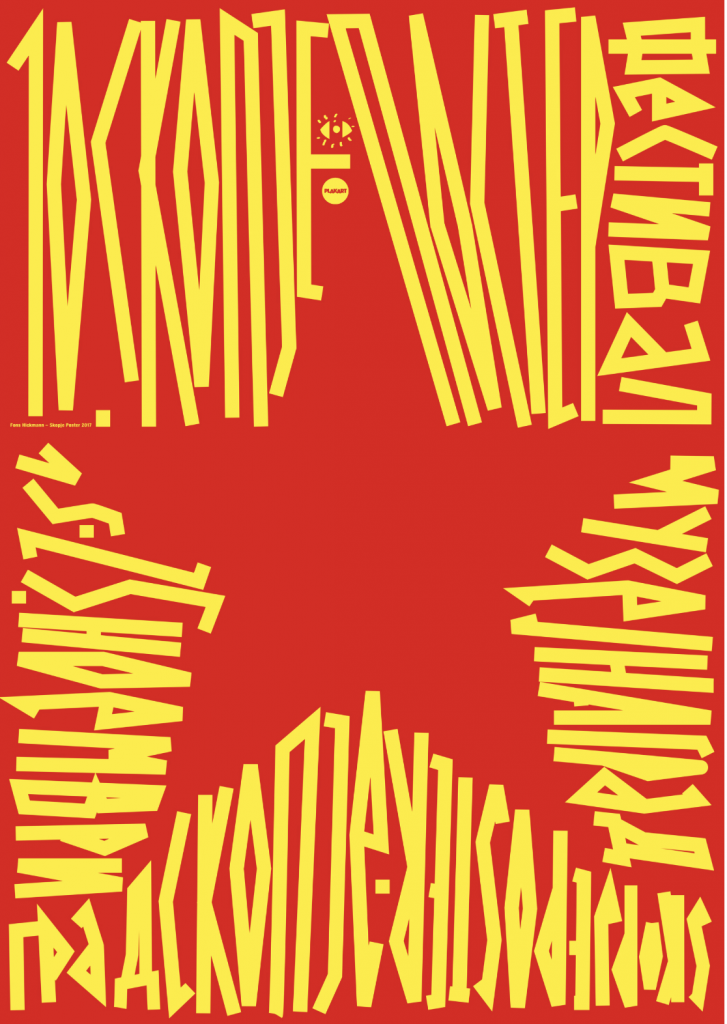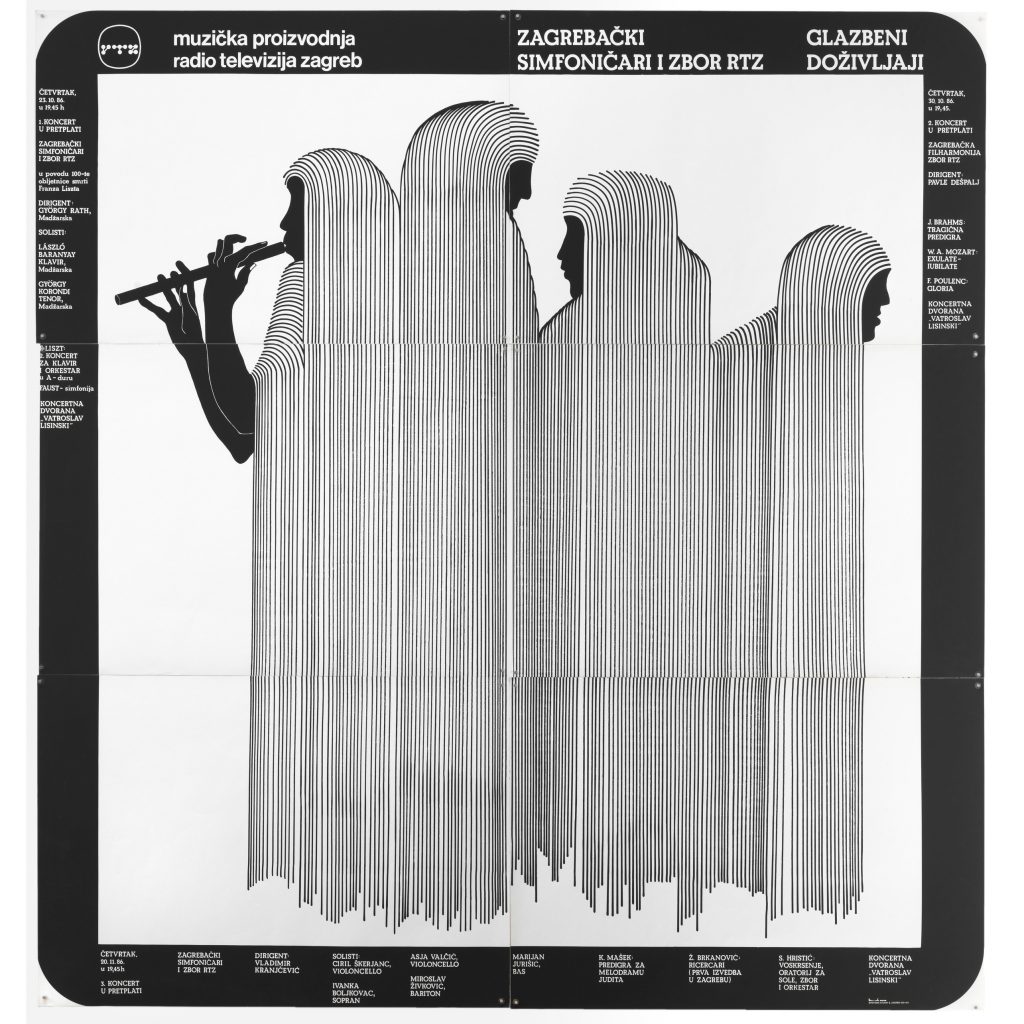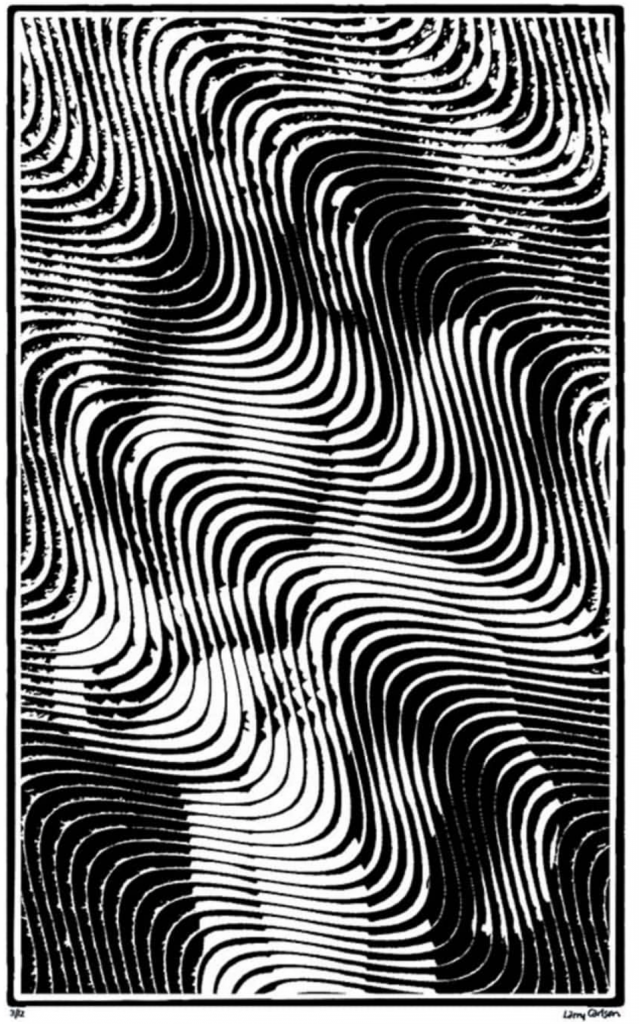“The Great American Novel”
The Great Gatsby is a novel written by an American author F. Scott Fitzgerald. It is a novel that could be one of the best representations of America’s culture in the ’90s as well as the “American dream”. Besides, the 1920s was the time when the majority became disillusioned of the societal norms. In other words, the lifestyle whereas self-pleasure was the main focus. The reason why it became so popular was because of the moral of the story, which is: we must learn how to be satisfied with the circumstances we are living in.
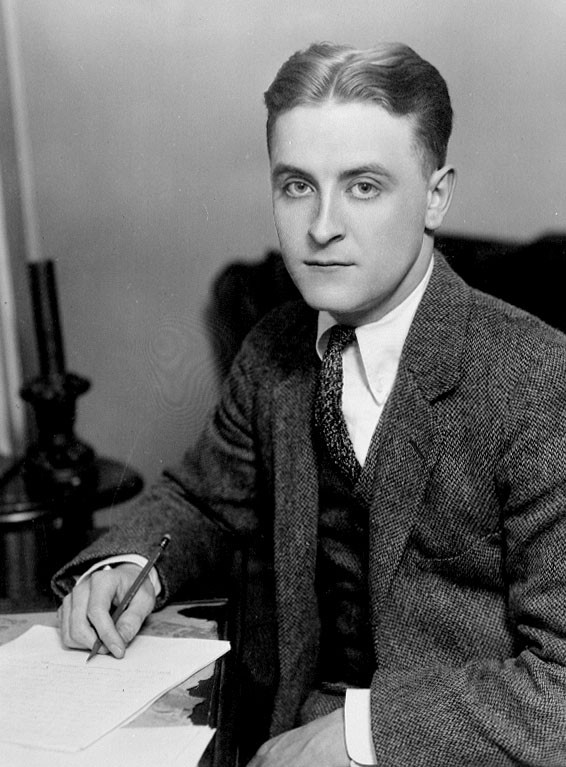
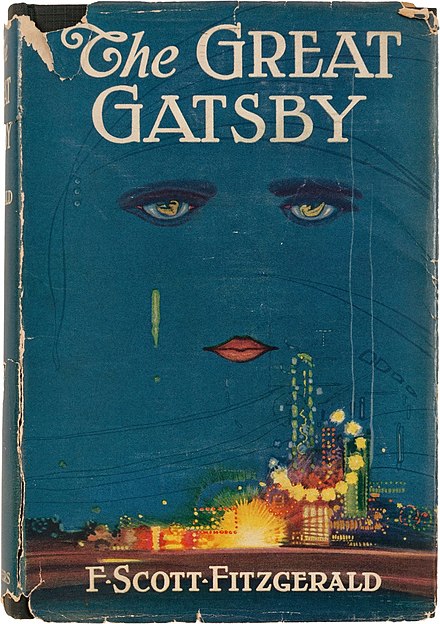
It is not just a book; it is a culture.
The fact that the book was written in the 1900s, about the 1900s, and for the 1900s’ people made it a representation of its own. Also, it has become a part of American high school and now Canada, which also enhances this fact.
In summary, the Great Gatsby is about a millionaire Jay Gatsby who has worked “hard” his whole life but ends up with an unhappiness death because he always wanted more. Gatsby wants not only a perfect life but also a future of his true love, which he never gets. The whole story signifies the American dream, or to be exact, the illusion of having a great life in America.

Kool-Aid, 6 packs of instant cool drinks with vitamin D for only 5 cents
Kool-Aid is a powdered instant drink that comes with a variety of fruit flavors. Originally, there were only 6 different flavors such as Cherry, Grape, Lemon-Lime, Orange, Raspberry, and Strawberry that came out later. There is an interesting fact about Kool-Aid: the recipe for Kool-Aid was created in the creator’s mother’s kitchen.
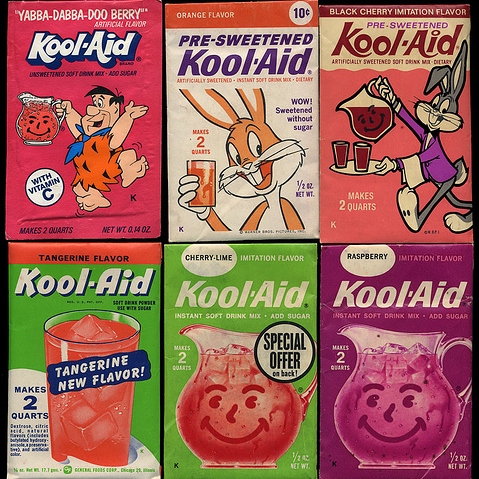
Kool – Aid. So Cheap!
Kool-Aid started to become popular when the Great Depression began. It was not only about the flavors or the bright colors that helped the company successful. The price of a single packet of Kool-Aid is as low as 29 cents today and less in the past, which makes it difficult to compete with other competitors. The fact that the demand for Kool-Aid rose during the Great Depression proved that Kool-Aid was and still a unique product to date.

D PR/DEL0737 
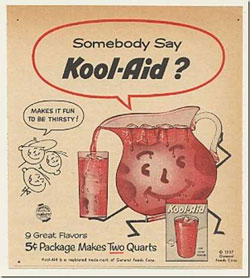
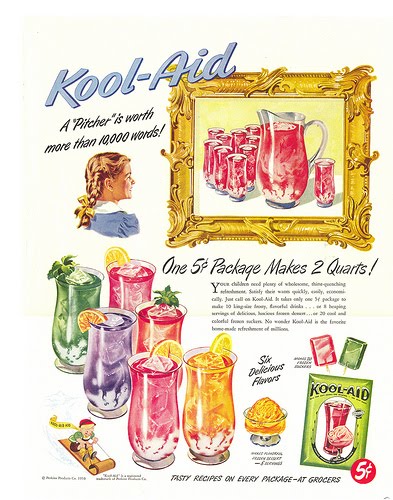
Personal opinions about the topics:
The Great Gatsby is indeed a unique novel in its way. The book has inspired me in many ways, especially in terms of achieving the actual dream of having a perfect life. I am happy that I could have a chance to come across it again in this blog post.
I find that I am more informed about Kool-Aid because I have never heard of this type of drink before. I learn that Kool-Aid is almost as big as other beverage companies like Coca-Cola or Pepsi. Furthermore, there is a story about a massacre that is related to Kool-Aid, which is Kool to read but not Kool because almost 900 people had died.
In my opinion, there will always be stories in every period, and as graphic designers, we must try to read as much as we could. Researching will always be a vital skill because it helps us gain more insights about the company or the product. The topics assigned might not be absorbed; however, the purpose of the blog posts is not for us to remember the facts since it serves as a way for a design student to develop a habit of doing in-depth research about different topics. Hence, I would say this has been a not-fun assignment, but it does build up my tendency to do research and give my voices to the subjects.
Sources:
- https://www.theguardian.com/books/2013/may/03/what-makes-great-gatsby
- https://www.britannica.com/topic/The-Great-Gatsby
- https://blog.prepscholar.com/the-great-gatsby-american-dream
- https://kool-aiddays.com/history/
- https://incitrio.com/how-kool-aid-a-90-year-old-icon-has-stayed-famous-for-so-long/


